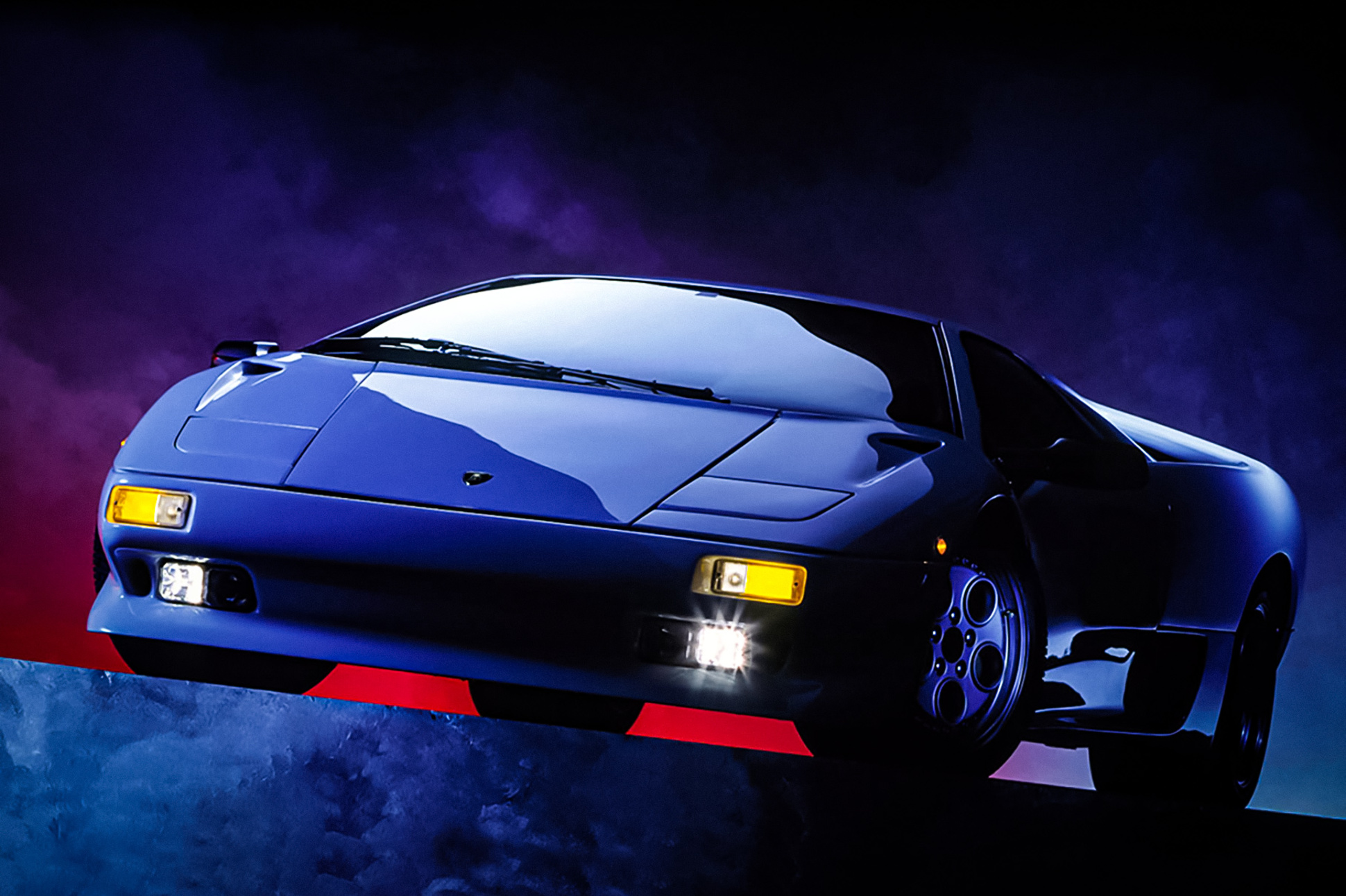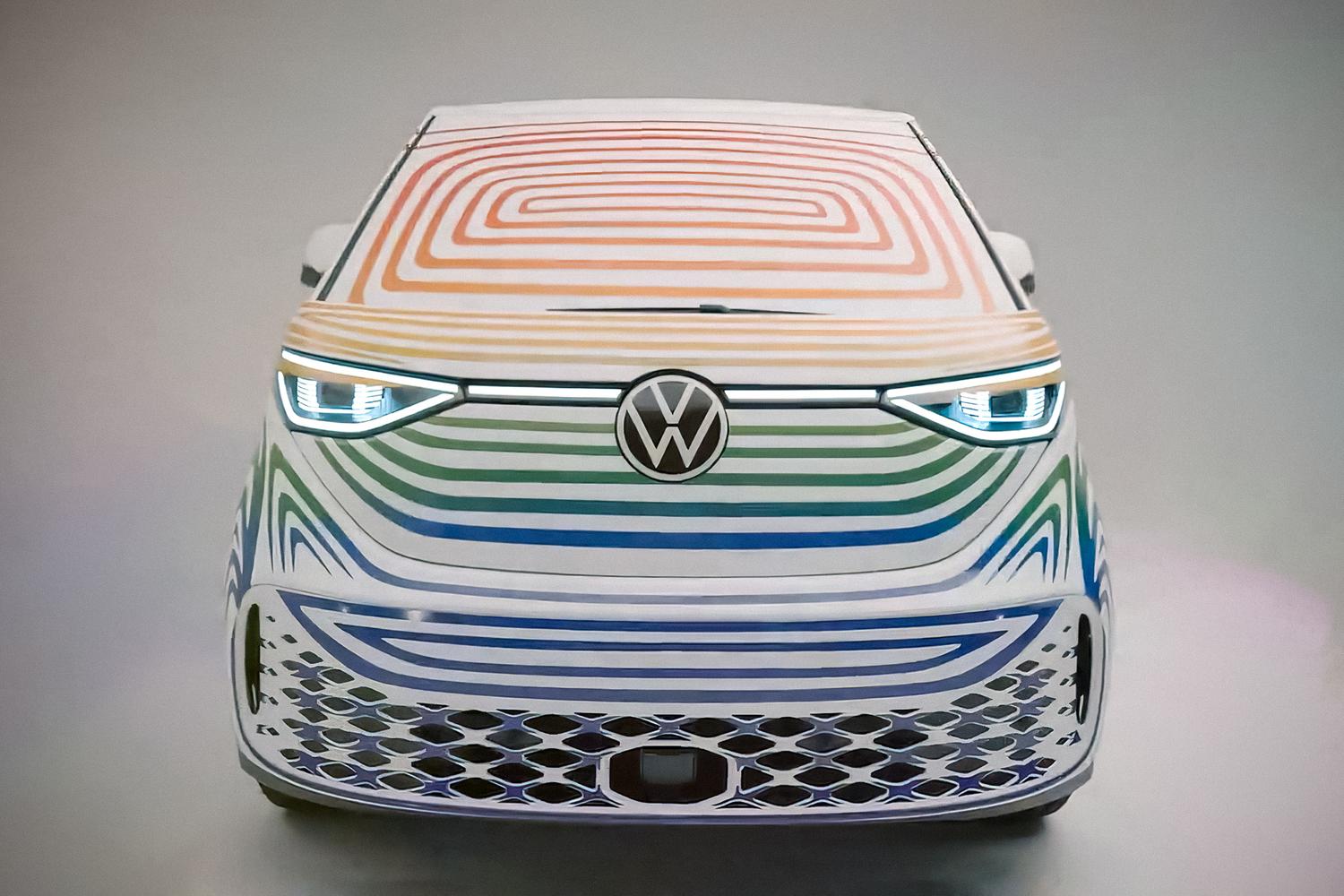
Lamborghini Diablo - the story of an Italian bull
Confidence can be quite painful at times. So it was with the imperious Enzo Ferrari, who ignored Ferruccio Lamborghini's advice on creating cars. The agricultural engineering tycoon pulled himself together and decided to create a sports car better than Ferrari. Yes, the history of Lamborghini's automobile division began in the early 1964s. Soon the world was shocked - in 350 the Lamborghini 250 GT was introduced with a twelve-cylinder engine capable of reaching speeds of up to km/h. Later, more models appeared, including the iconic Miura, Countach and Diablo. Today we will be dealing with the last mentioned bull.
Diablo was created from the mid-110s as a successor to the futuristic Countach. The first body prototype designed by Marcello Gandini (body designer for, among others, Lamborghini Countach, Miura, Urraco, De Tomaso Pantera or Bugatti EB16) was not approved by the company management. However, the project did not die - the creator sold it to another Italian entrepreneur who created the Cizeta Moroder - a supercar with a V engine.
However, Gandini did not abandon the Countach's successor body. The Diablo project also came out of his hands, and you can see a lot of similarities with the previous vision that came to life after the Cizeta brand. The new Lamborghini supercar was just being polite to the incredibly futuristic and controversial Countach. However, his relatively calm style proved timeless. Even today, twenty years after it hit the market, Diablo looks great. But what lies behind the mask of the premiere version of Diablo in 1990?
The heart of the car is a 5709-cylinder engine with a displacement of 3 60 cm492, the cylinders of which are arranged in a V-shape at an angle of 580 degrees. The engine produces 5200 hp. and 4,09 Nm of torque at 328 rpm. Power is sent to the rear wheels through a five-speed gearbox. Diablo reaches 1993 in 873 seconds, and the speedometer needle stops at the km/h mark. The car in the basic version did not have traction control or even ABS. There was also no power steering. In the original version, this is a thoroughbred sports car that requires maximum concentration, skill and caution from the driver. A computer will not correct a human error, which can only cost you a spinning top on a bend or a dangerous accident. In this original version, Lamborghini was produced for up to a year. A total of cars were produced. However, the end of production of this model was not the end of the Diablo era - it was just the beginning.
The reason for the termination of production of the premiere model was the introduction of an upgraded version of the VT, which already had four-wheel drive, power steering and a restyled dashboard. There were no changes in the transmission, but the car lost a little in performance, gaining 50 kg. However, the introduction of all-wheel drive has improved driving performance and safety.
Between 1994 and 1995, 152 Diablo Special Editions were produced. It was a car prepared for the 525th anniversary of the plant. The car has been downsized by stripping it of all amenities such as air conditioning or slanted windows. The interior is trimmed with Alcantara. The car also gained more power - it produced about 595 hp, and in the Jota version even hp. Diablo in this version was prepared mainly for sports competitions.
Since 1995, the Diablo SV has been produced, which had an ABS system and a more powerful engine, reaching 530 hp. Acceleration to hundreds took only 3,85 seconds, but the maximum speed dropped to 320 km / h. This was due to a change in the characteristics of the gearbox, which now provided better acceleration at the expense of top speed. At the end of the year, the first VT roadster in many years also entered production. Work on this machine was carried out almost from the very beginning of the production of Diablo, but the first prototype, presented in 1992, was unsuccessful. The lack of a windshield made it necessary to wear a helmet. The production version of the roadster already had a windshield. The roof (hardtop) could be attached by hand at any time since it was located at the rear of the car. The car was powered by a standard 492 hp engine that sent power to all four wheels.
In 1998, a limited version of the SV was released called the Monterey Edition. The car had a 550 hp engine. From the outside, this version can be recognized by the roof openings and the large SV badge on the side of the car.
A year later, a major cosmetic overhaul was carried out. All models (CB, BT, roadsters) have been visually redesigned. The characteristic retractable headlights were dropped in favor of integrated lights, and the SV and VT models were equipped with standard 535 hp engines. The only significant difference between the different versions was the type of drive (CB - rear-wheel drive, BT - 4 × 4). In the meantime, Lamborghini had been taken over by Audi, and thus a little more money had been invested, which went towards the preparation of the new version.
Lamborghini Diablo GT, because we are talking about him, got a new power unit. It was a six-liter V12 engine producing a dizzying 575 hp. and 630 Nm. Power was sent to the rear wheels via a five-speed gearbox. The car reached hundreds in less than 4 seconds, and the maximum speed was 338 km / h. This model was intended for racing starts (the GT, however, had homologations), and the "road" Diablo was still produced. At the turn of the century, it became known that Lamborghini needed a successor. Even before the takeover of Audi, projects were created for a new supercar called the Canto. After the change of ownership, the prototype was not recognized and work began on a new concept model. To extend the life of the Diablo, the six-litre unit was switched from the Diablo GT to the VT. This is how the Diablo 6.0 VT with 550 hp was created. Diablo's last gasp was the release of the VT 6.0 Special Edition, with a redesigned interior, among other things. with LCD display, telephone and Alpine audio equipment. Then it was time for the changing of the guard, with the Murcielago taking the place of the Diablo.
For a decade, the Diablo was the only model in production that kept Lamborghini alive. However, it wasn't easy at the end. Today, the company is growing under the wings of Audi, but the memory of Diablo fans still lives on. No wonder - it's just a great, aggressive supercar.

